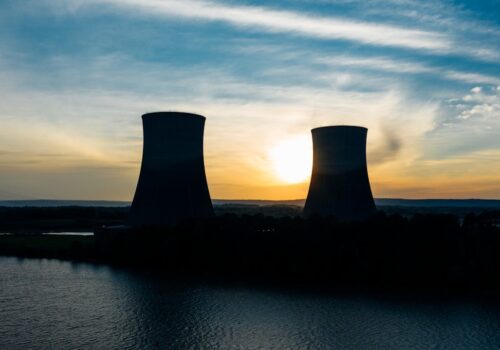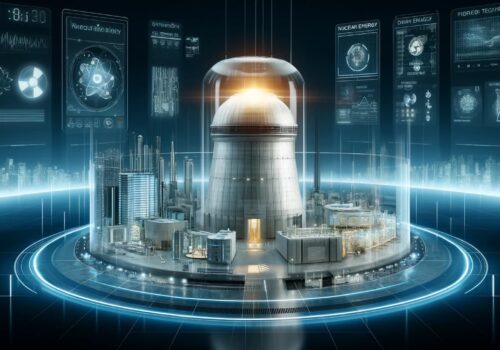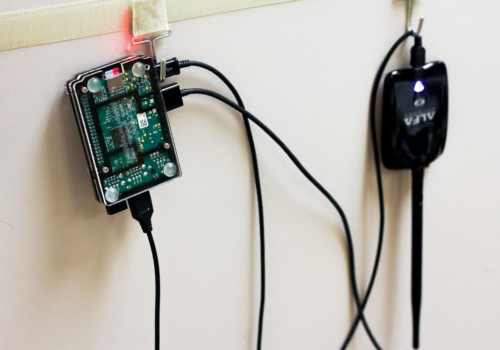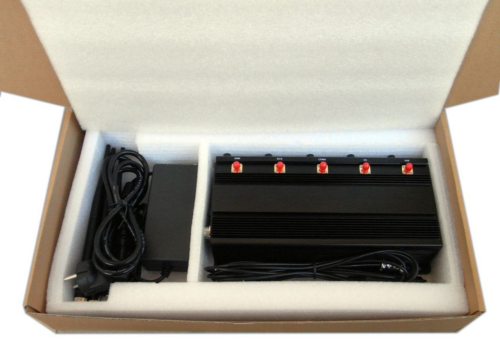Nuclear Energy: A Look at its Uses and Growth
Nuclear energy is a broad term for the energy generated through nuclear reactions. The most common form of nuclear energy is fission, which occurs when a large atom splits into two smaller ones that release energy. Nuclear reactions also occur when two small atoms fuse to form a larger one, releasing even more energy.
Nuclear energy is one of the world’s most controversial forms of power generation today. It comes with many risks attached to it, especially because accidents can occur at any time.
However, nuclear energy is also an extremely useful power used by many countries worldwide. It has been around for many years and is considered one of the safest ways to produce electricity. Nuclear energy has several uses, including:
Electricity Production
Nuclear energy uses a controlled nuclear reaction to release energy, which can be used to generate electricity. This process occurs in a nuclear power plant and produces steam, which turns turbines connected to electric generators that create electricity.
The main purpose of most nuclear plants is to generate electricity by producing heat through fission reactions in uranium fuel rods inside a reactor core. These reactions produce heat, turning water into steam that spins turbines connected to electrical generators. They create electricity when they rotate at high speeds due to their connection with magnets.
Food Preservation
Nuclear energy can be used to extend the shelf life of food by killing microbes that cause spoilage. In this case, it’s used to kill bacteria in food products through radiation exposure. This process has been in use for a long time. It has been instrumental in keeping food fresh longer than would have otherwise been possible without refrigeration or freezing methods that were not available until much later on in human history.
Food can be preserved using radiation from nuclear power plants. Gamma rays kill bacteria in food products while packaging, so they don’t spoil before reaching consumers’ homes.
Medicine and Health Care
The medical field uses nuclear energy to treat cancer patients, diagnose diseases and sterilize instruments. Nuclear medicine uses radioactive substances injected into patients so doctors can see what areas of their bodies are affected by disease or injury. Doctors also use nuclear imaging, such as X-rays and MRIs to diagnose problems without cutting into a patient’s body.
Radiation therapy uses high levels of radiation to kill cancer cells or stop them from growing. Doctors use radiation therapy when other treatments are not working or when they cannot be used because of the patient’s age or other reasons. Radiation therapy can help cure some types of cancer if given at the right time during treatment.
Sometimes it can be part of another treatment such as surgery or chemotherapy. Radiation therapy may cause side effects like nausea and vomiting, fatigue (tiredness), mouth sores, skin reactions, hair loss (alopecia), changes in taste, and difficulty swallowing or breathing that usually go away after treatment ends.
Oil Refining
Nuclear energy is used in oil refining. The distillation process uses heat from nuclear energy to separate the different types of crude oil.
Crude oil is made up of different molecules, including methane (CH), ethane (C2H6), propane (C3H8), butane (C4H10), and octane (C8H18). Distillation separates these molecules based on their boiling points.
The molecules with lower boiling points are more volatile. They can be separated from the other molecules by heating them until they evaporate at a lower temperature than those with higher boiling points. Oil refiners often use nuclear energy to remove sulfur from crude oil before it can be refined into petroleum products like gasoline or diesel.
Mining and Mineral Extraction
Mining and mineral extraction are two industries that rely heavily on nuclear energy. Uranium mining uses uranium hexafluoride gas as its primary source material. It is then processed into enriched uranium fuel rods at a nuclear fuel fabrication plant.
In order to mine these materials, you need a way to heat up rocks underground, so they become softer and more pliable. This is where nuclear energy comes in handy.
Nuclear energy is used to power the mining industry, which is a major source of revenue for many countries. Nuclear reactors are used in the mining process to heat water and extract minerals from the rock. It helps miners dig deeper into the earth’s surface while keeping costs low.
Desalination
Seawater desalination plants use nuclear reactors to generate steam. It then turns turbines and pumps seawater through membranes that separate the salt and other minerals. This process produces fresh water suitable for drinking or irrigation purposes while producing a brine solution. It can be used in industrial applications such as cleaning products or agricultural chemical manufacturing.
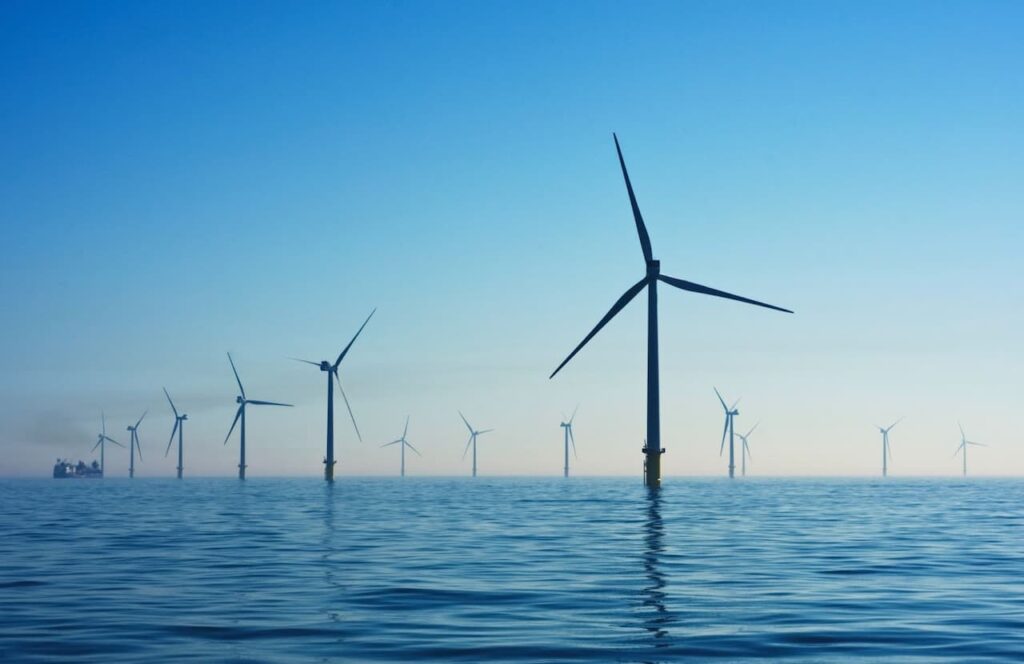
An Overview of Nuclear Energy’s Uses and Growth
Nuclear energy is a form of energy derived from the nucleus of an atom. The vast majority of nuclear energy comes from the fission of heavy elements in a nuclear reactor.
Nuclear energy is produced by splitting atoms in a process called fission or combining them in a process called fusion. The main advantage of nuclear power as compared to other energy sources is that it produces no greenhouse gasses or other harmful emissions when burned.
However, there are some downsides, too: nuclear plants have been known to have accidents that can cause serious environmental damage if not handled properly.

